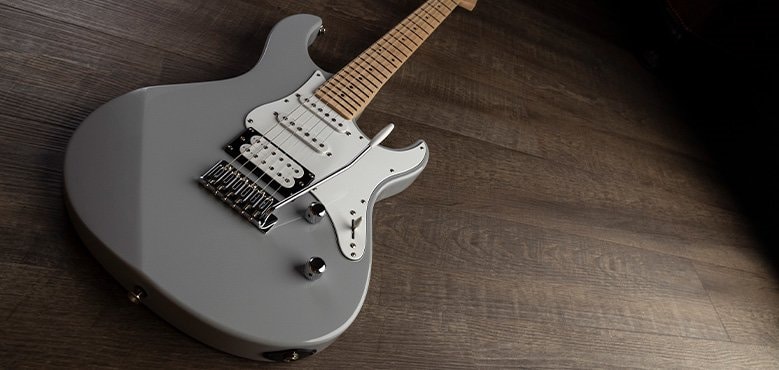A Look at Lyric Poetry: The Power of Poetry in Song
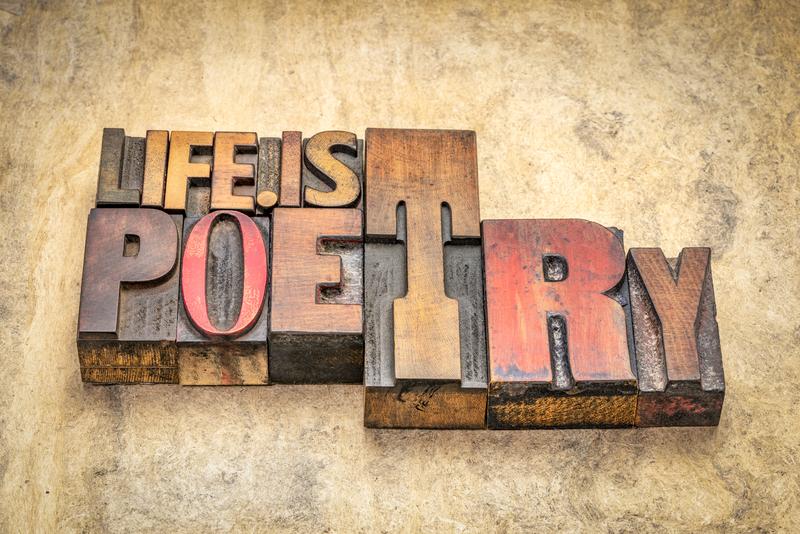
Most people know that there is a connection between lyric poetry and music, but how did that connection come about?
Let’s face it, we’ve all been there before: you’re driving in your car, singing along to your favourite song, when suddenly the lyrics hit you in a way you never expected. You realize that the words you’ve been belting out aren’t just a catchy melody, but a work of poetry. The connection between lyric poetry and music is undeniable, and it’s about time we give poetry in song the credit it deserves.
In this blog post, we’ll be diving into the rich history of poetry in music and examining the elements of lyric poetry that make it such a powerful tool in songwriting. From early folk songs to contemporary pop hits, poetry has been a driving force in music for centuries. And with the rise of social media and streaming services, poetry in music is more accessible than ever before.
But why is poetry in music so special? Well, for starters, it adds depth and meaning to the music. The use of poetic devices such as rhyme, meter, imagery, and metaphor in songwriting can elevate a song from a catchy tune to an emotionally charged work of art. And let’s be real, who doesn’t love a good metaphor in a song?
Early examples of poetry in music
From ancient civilizations to modern times, poets have been drawn to the powerful medium of music to convey their thoughts and emotions. The earliest examples of poetry in music can be found in ancient civilizations, where poets would recite their works accompanied by music.
Through the centuries, poetry and music have continued to evolve, with poets experimenting with new forms and styles, and musicians incorporating poetry into their compositions. Let’s look at how this has unfolded.
Folk songs and traditional ballads
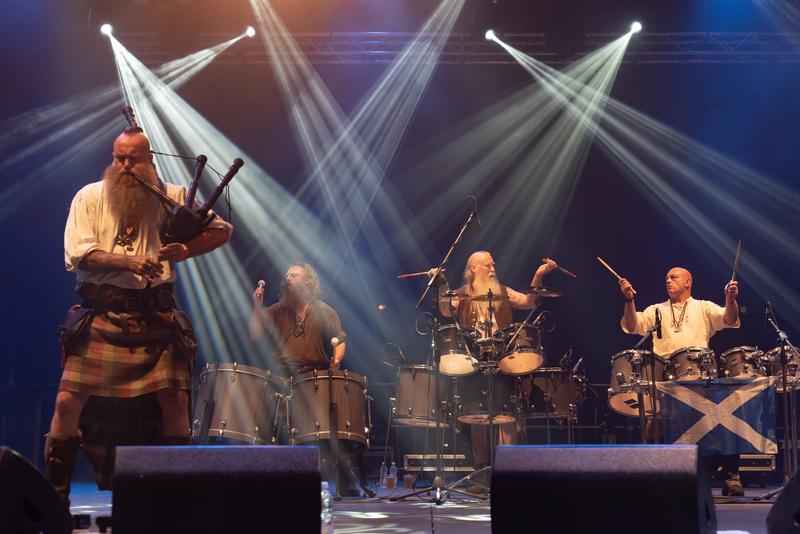
Folk songs and traditional ballads have been a part of human culture for centuries. These songs were passed down orally through generations and were often used to tell stories, share history, and convey emotions.
The lyrics of these songs were often written in a poetic form, using rhyme, meter, and imagery to create a sense of musicality and meaning. This started back in ancient Greece and continued to evolve into medieval poetry until it eventually became what we know as popular music today.
Lyric Poetry in classical music
Poetry has also been used in classical music for centuries. Many composers, such as Schubert and Schumann, set poetry to music in their lieder (German art songs). These songs were often based on the works of poets like Goethe and Heine. The combination of poetry and music in these lieder created a powerful emotional impact, allowing the words and music to enhance one another.
The rise of lyric poetry in popular music
From the romantic poets of the 18th and 19th centuries, who were known for their deeply personal and emotive verse, to the contemporary pop hits of today, poetry has played a significant role in popular music throughout the ages. Let’s examine how this has unfolded over the past few hundred years.
The influence of the Romantic poets
The Romantic poets of the 18th and 19th centuries, such as Wordsworth, Keats, and Byron, had a significant influence on the development of lyric poetry in popular music. Their emphasis on emotion, nature, and individual experience resonated with the emerging middle class and helped to popularize poetry among the general public.
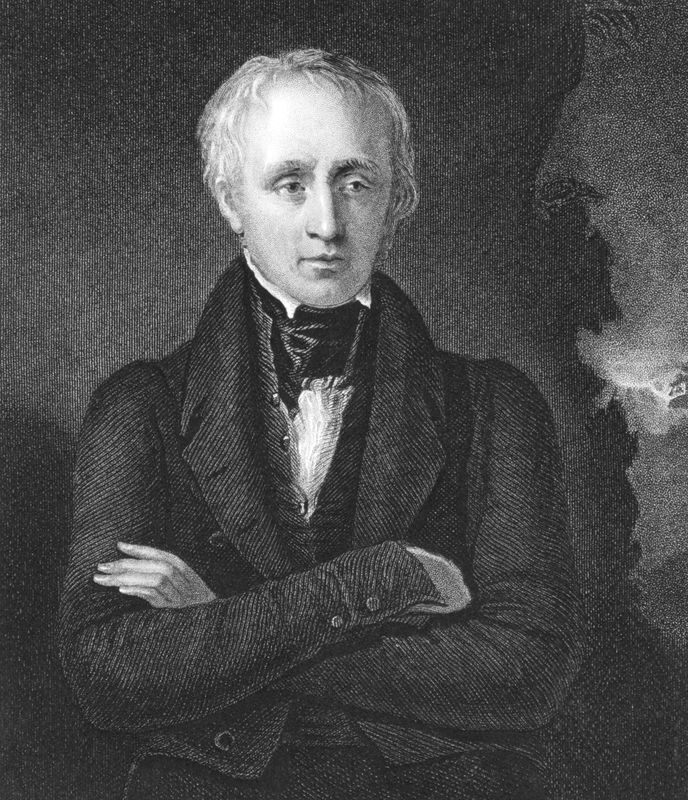
The role of the singer-songwriter in popular music
The rise of the singer-songwriter in popular music in the 20th century also played a crucial role in the development of lyric poetry in popular music. Artists such as Bob Dylan, Leonard Cohen, and Joni Mitchell, who wrote their own lyrics and music, helped to establish the singer-songwriter as a respected and successful musical genre. Their poetic lyrics and personal narratives resonated with audiences and continue to influence contemporary music today.
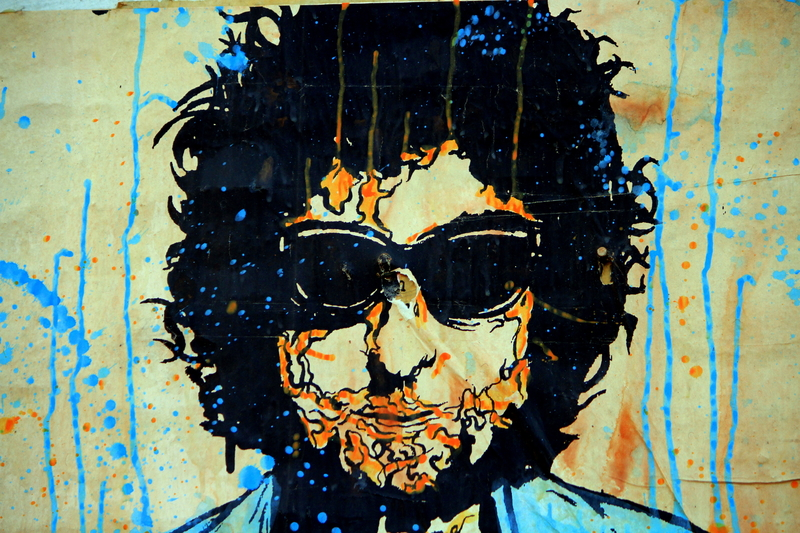
Literary devices that weave lyric poetry into songs
In this section, we will examine the literary devices that weave lyric poetry into songs. From rhyme and meter to imagery and metaphor, these techniques have been used for centuries to create powerful and evocative poetry that speaks to the hearts of readers and listeners alike.
Many lyric poems use rhyme and meter to create structure
Rhyme and meter are two essential elements of a lyrical poem that can add structure and meaning to a song’s lyrics.
Rhyme, the repetition of similar or identical sounds at the end of two or more words, can be used to create a sense of unity and cohesiveness in a song’s lyrics. Meter, the pattern of stressed and unstressed syllables in a line of poetry, can be used to create a sense of rhythm and flow in a song’s lyrics.
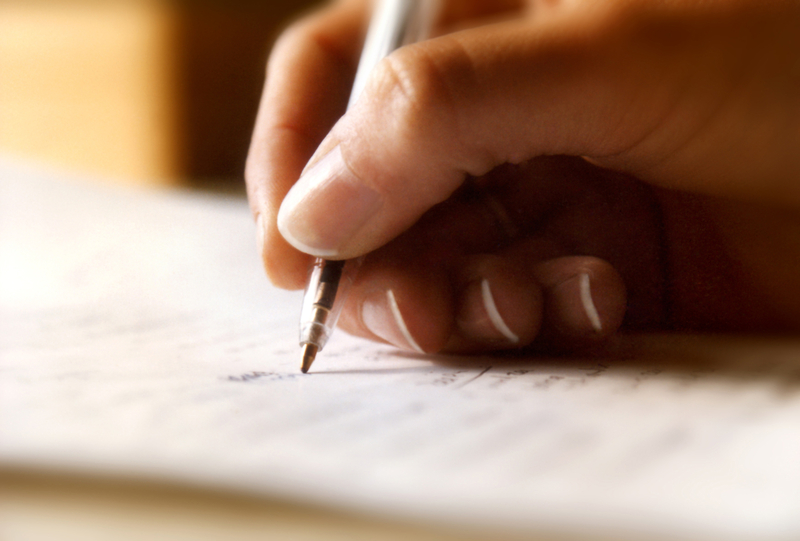
Together, rhyme and meter can give a song’s lyrics a sense of musicality and make them more memorable for the listener.
Lyric poetry also use imagery and metaphor to convey emotions
Imagery and metaphor are two powerful poetic devices that can be used to convey emotions and ideas in a song’s lyrics.
Imagery, the use of descriptive language to create a mental picture, can be used to create a sense of visual and emotional impact in a song’s lyrics. Metaphor, a figure of speech that compares two unlike things, can be used to create a deeper level of meaning and understanding in a song’s lyrics.
Together, imagery and metaphor can add depth and complexity to a song’s lyrics, making them more powerful and evocative for the listener.
The impact of technology on lyric poetry in music
From the early days of recording music on wax cylinders to the digital age of streaming, technology has played a significant role in shaping the way we consume and experience music. Let’s look at how that process is continuing to evolve today.
The role of social media in promoting poetry in music
Social media has had a significant impact on the way poetry in music is written, read, and shared. Platforms such as Twitter and Instagram have made it easier for songwriters to share their lyrics and connect with audiences. Additionally, the use of hashtags and trending topics on social media has made it easier for listeners to discover new songs and poets.
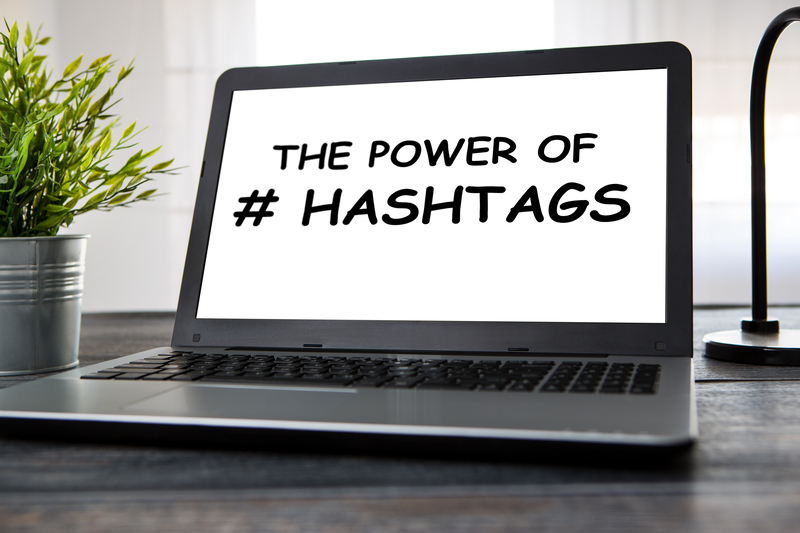
The influence of streaming services in promoting and sharing poetry in music
Streaming services such as Spotify and Apple Music have also had a significant impact on the way poetry in music is shared and consumed. These services make it easy for listeners to discover new songs and poets, and also make it easy for songwriters to share their music with a global audience. Features such as lyrics synced to the music also make it easy for listeners to follow along and engage with the poetry in the song.
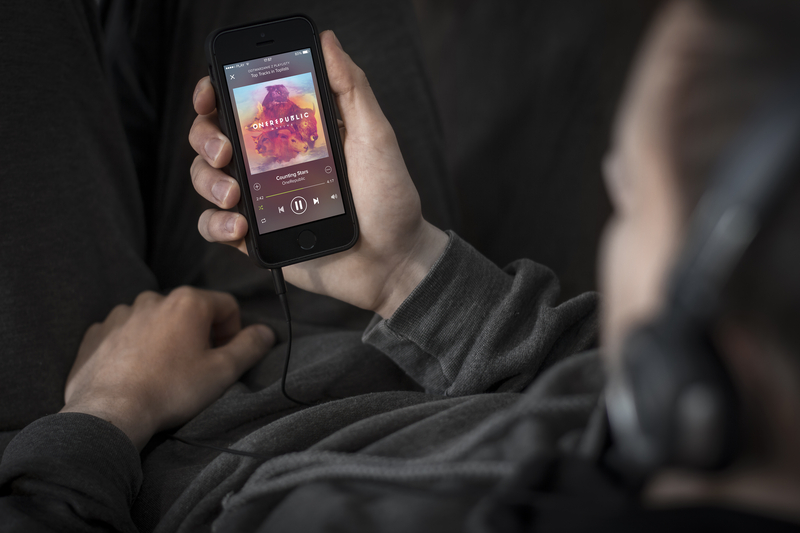
The rise of lyric videos and their impact on poetry
With the advent of YouTube and other video sharing platforms, the use of lyric videos has become increasingly popular in the music industry. A lyric video is a music video that displays the lyrics of a song on the screen, often synced to the music. These videos have become a popular way for listeners to engage with the poetry in the song, and for song writers to share the meaning and message behind their lyrics.
Conclusion
As we’ve explored in this blog post, the connection between lyric poetry and music is undeniable. From early folk songs to contemporary pop hits, poetry has been a driving force in music for centuries. The use of poetic devices such as rhyme, meter, imagery, and metaphor in songwriting can elevate a song from a catchy tune to an emotionally charged work of art.
We’ve also examined how technology has impacted the writing, reading, and sharing of poetry in music. Social media and streaming services have made it easier for songwriters to share their work and connect with audiences, while the rise of “lyric videos” has made it easier for listeners to engage with the poetry in the song.
The history of poetry in music is rich and varied, going back centuries, and continues to evolve as technology and society changes. From the use of poetry in classical music to the rise of the singer-songwriter in popular music, poetry has always been a crucial element in music.
FAQs
What are the 4 main types of lyric poetry?
The four main types of poetry are lyric, narrative, dramatic, and epic. Lyric poetry is a type of poetry that expresses the personal feelings or thoughts of the poet.
Narrative poetry tells a story, often with a particular focus on the actions and characters involved. Dramatic poetry is written to be performed on stage, usually involving multiple characters and a central conflict. Epic poetry is a long, narrative poem that tells the story of a hero and their deeds, often in a grand and elevated style.
Is Ode a lyric poem?
An Ode is a type of lyric poem. It is a type of poem that is written in a specific form and usually expresses strong feelings or emotions. Odes are often written to celebrate or praise a particular person, event, or thing. They are characterized by their formal structure, which often includes a series of stanzas and a specific rhyme scheme.
What is poetry with music called?
Poetry with music is called song lyrics. It is a type of poetry that is meant to be sung or spoken to a musical accompaniment. The combination of poetry and music creates a unique and powerful form of artistic expression that can evoke strong emotions and feelings in the listener.
Who was a famous ancient Greek poet?
Homer is a famous poet who lived in ancient Greece. He is known for his epic poems the Iliad and the Odyssey. These two epic poems are considered to be some of the greatest works of literature in Western culture, and they continue to be widely studied and read today.
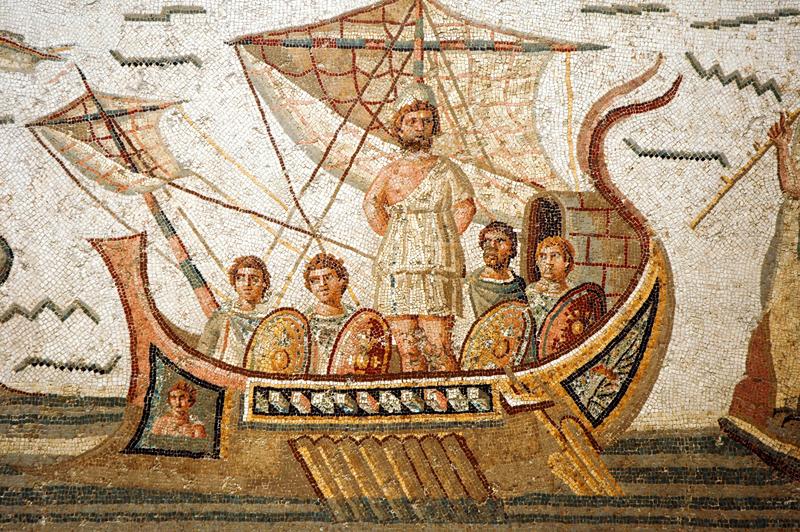
What are the important aspects of poetry?
The important aspects of poetry include imagery, sound, structure, language, and emotion.
Imagery refers to the use of descriptive language and sensory details in a poem to create a mental picture in the reader’s mind. Sound refers to the use of poetic devices such as rhyme, meter, and alliteration to create musical effects in a poem.
Structure refers to the organization of a poem, including its form, stanza, and line arrangement. Language refers to the words and phrases used in a poem, and how they are used to convey meaning and emotion. Emotion refers to the feelings and emotions that the poem evokes in the reader.
What is a simple definition of poetry?
A simple definition of poetry is a type of literature that uses the rhythm and imagery of language to express emotions or ideas. Poetry is often characterized by its use of figurative language, imagery, and sound devices such as rhyme and meter. Poetry can take many forms, including sonnets, haikus, and free verse.
What are the styles of poem?
There are many styles of poetry, including lyric, narrative, dramatic, and epic poetry.
Lyric poetry is a type of poetry that expresses the personal feelings or thoughts of the poet. Narrative poetry tells a story, often with a particular focus on the actions and characters involved.
Dramatic poetry is written to be performed on stage, usually involving multiple characters and a central conflict. Epic poetry is a long, narrative poem that tells the story of a hero and their deeds, often in a grand and elevated style.
Other styles of poetry include haikus, sonnets, free verse, and concrete poetry.
From the blog
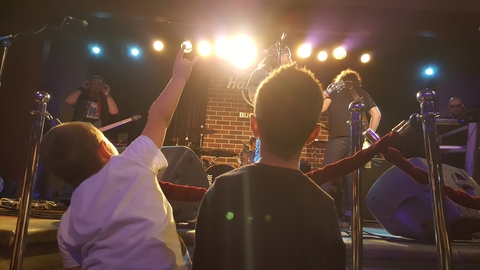
Rockstars in Training: The Best Kids’ Electric Guitars for 2024

Redefining Your Riffs: How Electric Guitar Strings Shape Your Sound
